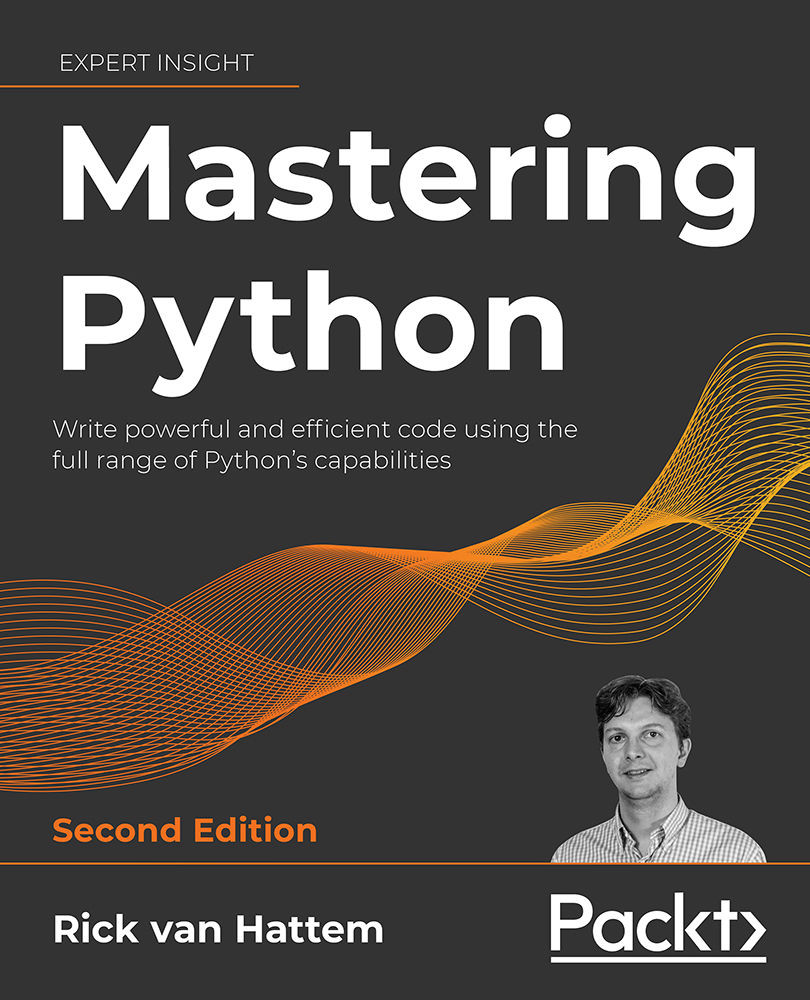After reading this chapter, you should be able to create Python packages containing not only pure-Python files but also extra data, compiled C/C++ extensions, documentation, and tests. With all these tools at your disposal, you are now able to make high-quality Python packages that can easily be reused in other projects and packages.
The Python infrastructure makes it really quite easy to create new packages and split your project into multiple subprojects. This allows you to create simple and reusable packages with fewer bugs because everything is easily testable. While you shouldn’t go overboard with splitting up the packages, if a script or module has a purpose of its own then it’s a candidate for packaging separately.
*
With this chapter, we have come to the end of the book. I sincerely hope you enjoyed reading it and have learned about some new and interesting topics. Any and all feedback is greatly appreciated, so feel free to contact me through...



 Free Chapter
Free Chapter
